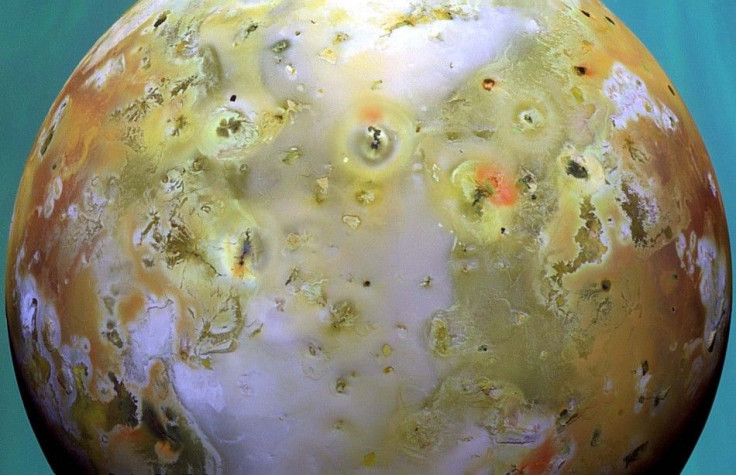Most Active Volcanoes of Solar System Found on Jupiter’s Moon Io

The first ever geologic map of Jupiter’s moon Io has revealed some of the most active volcanoes ever recorded in the solar system, scientists said on Monday.
The global geologic map, published by the U.S. Geological Survey (USGS), shows that volcanic activities occurring on Io’s surface are 25 times more than that on Earth.
The map depicts “an otherworldly celestial body whose gravitational relationships with Jupiter and sister moons Europa and Ganymede cause massive, rapid flexing of its surface and interior. This flexing generates tremendous heat in Io's interior, which is relieved through surface volcanism, resulting in 25 times more volcanic activity than occurs here on Earth,” USGS said in a statement.
Ever since its discovery by Galileo in 1610, Io has been a focus of observation by telescopes and orbiting spacecrafts. Nearly 400 years later, the geologic map of the Jupiter’s innermost large moon was produced by a team of scientists led by Dr. David A. Williams of Arizona State University.
The highly detailed, colorful map reveals a number of volcanic features, including: volcanic domes and depressions, lava flow fields, mountains, plume deposits, and sulfur- and sulfur dioxide-rich plains,” according to the scientists.
However, the scientists said that the geologic map of Io does not indicate any impact craters, common to the Moon, Mars and Earth, that provide evidence of Io’s active volcanism.
Io has no impact craters. It is the only object in the Solar System where we have not seen any impact craters, testifying to Io's very active volcanic resurfacing, Williams said.
The map also testifies that Io has undergone major surface changes during the past few decades due to its volcanic activity, USGS research geologist Dr. Ken Tanaka added.
© Copyright IBTimes 2024. All rights reserved.











